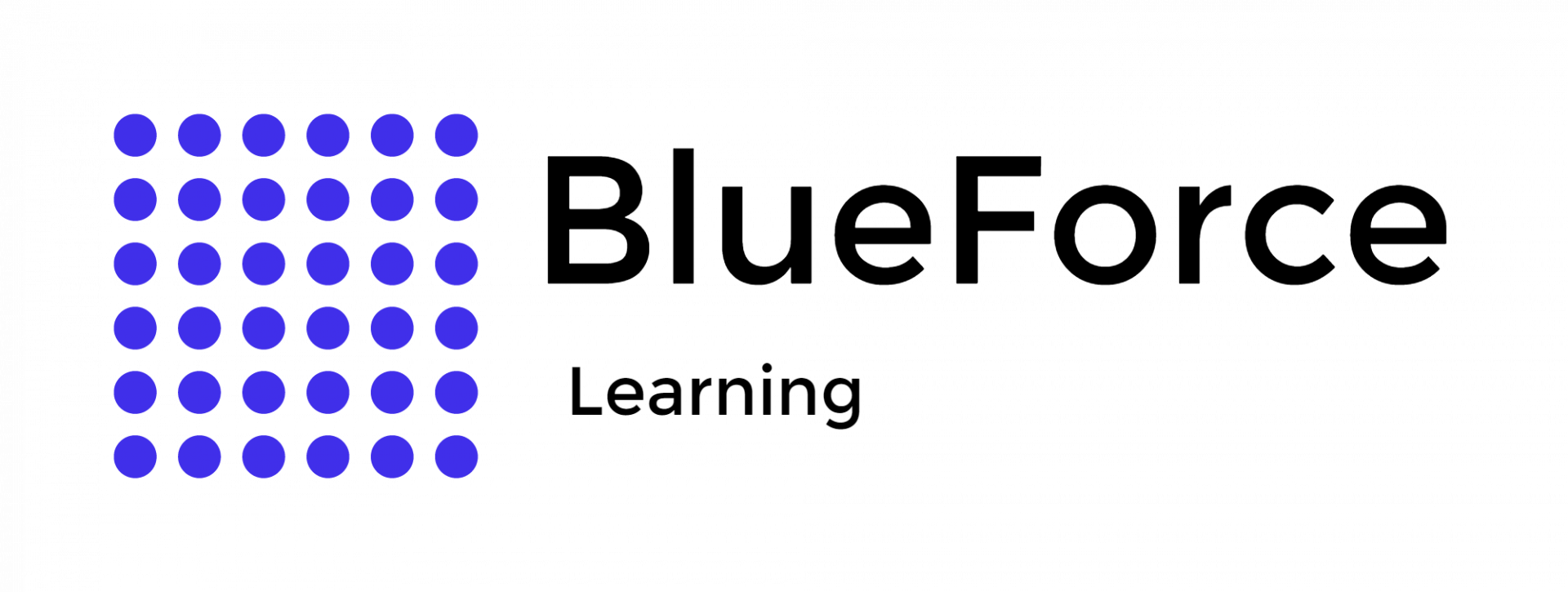In recent years, law enforcement has seen a paradigm shift, transitioning from traditional methods of policing to modern, data-driven strategies. In conventional law enforcement methodologies, the absence of substantial leads often poses considerable challenges.
Eyewitness testimonies frequently suffer from inconsistencies that compromise their credibility in the investigative process. Furthermore, the availability of tangible evidence may be limited, weakening a case's foundation.
While relying on intuition and field experience is still valuable, it has limitations, particularly in complex investigative situations. Such reliance can result in overlooked factors and may lead to inaccurate conclusions. These shortcomings highlight the need for more advanced, data-driven techniques in contemporary law enforcement practices.
Today, digital tools are at the forefront of investigations, aiding officers in solving complex cases that would otherwise go cold. In this Google Law Enforcement Guide, learn how Google assists law enforcement officers in investigating cases with no leads.
Google's tools offer a groundbreaking approach for modern investigators. They fill the gaps where traditional leads are lacking and provide new avenues for tracking suspects and gathering evidence. Therefore, Google Training for Law Enforcement is essential for professionals seeking to leverage data to solve complex cases.
Sign up and Get Free Access to Our Law Enforcement Courses
Google's SensorVault database stores location data from hundreds of millions of devices worldwide. The database has been maintained for nearly a decade. It contains detailed location records that Google collects through various services like Google Maps, Search, and even weather updates on Android devices.
It is essential to understand that Google does not randomly share all the collected data. Initially, anonymized data is provided to law enforcement, which they can analyze to narrow down potential suspects or witnesses. Only after this step does Google provide personal information like names and email addresses. Even then, it is limited to a select number of individuals identified to be relevant through the initial data analysis.
Google location data assists law enforcement in investigating a case with no leads in the following ways.
By tapping into Google's vast sensorVault database, investigators can thoroughly map out the movements of a suspect or a witness. The data collected through various Google services can validate or negate alibis to narrow the list of potential suspects.
Location data can do more than just track a suspect; it can identify anyone near a crime scene at a specific time. This becomes crucial for investigations as it allows authorities to eliminate innocent individuals while zeroing in on likely suspects swiftly.
The power of Google's location data is magnified when cross-referenced with other digital evidence. For instance, correlating this data with social media activity or financial transactions can yield a more comprehensive view of a suspect's behavior.
A Google geofence warrant is a judicially approved order that permits law enforcement agencies to set a virtual perimeter around a particular geographical area. This warrant authorizes Google to provide anonymized location data from its SensorVault database for all digital devices that have entered or exited the defined area within a particular time frame.
Law enforcement professionals can get
Basic Law Enforcement Training Online to understand geofence warrants, their process, and their uses to solve complex cases efficiently and reduce the chances of further crimes in the same vicinity or by the same suspect.
Google geofence warrants play a pivotal role in crime investigations where there are no explicit leads in the following ways.
Law enforcement agencies can issue a geofence warrant to Google, which then provides anonymized data from its SensorVault database. By reviewing this information, investigators can pinpoint patterns or consistencies among the devices near the crime scene and create a list of potential suspects or witnesses. It helps streamline the investigative process and allocate resources more effectively.
Investigators can analyze the detailed location history to understand each device-holder's movements within the geofenced area. This examination allows them to eliminate individuals in the vicinity but irrelevant to the crime. It helps narrow down the scope of the investigation to more probable suspects.
After narrowing down potential devices, investigators can request Google to reveal actual identities, such as real names and email addresses. This authenticated data is precious in court as it can be used as the evidence necessary for convictions.
In June 2017, a healthcare worker in her 30s, identified as M.D., was abducted, sexually assaulted, and left on the side of the road in
Milwaukee. Despite offering a basic description of her attacker and his truck, there was insufficient information to narrow the search for the perpetrators. Police could not even track M.D.'s stolen phone as it had been turned off. Instead, one clue stood out: during the assault, M.D. had noticed the attacker using Google Maps on a Samsung Galaxy phone.
Detective Eric Draeger of the Milwaukee Police Department saw the potential in this small but crucial detail. Based on his experience in high-tech investigations, Draeger proposed to use a geofence warrant to his supervisor. The idea was to request Google for location data on any device that ran Google Maps near the crime scene around the time of the assault.
Draeger collaborated with an assistant district attorney to draft the warrant and got it approved by a judge. Once submitted to Google, the tech company's legal compliance unit worked closely with Draeger to refine the search parameters.
Within a few days, Google identified a single phone that met the search criteria. This led to the identification and arrest of a 28-year-old El Salvadoran national with a criminal history - who was later charged with sexual assault, kidnapping, armed robbery, and a party to a crime. Also, an accomplice was located and charged with kidnapping.
Therefore, using this
Google Law Enforcement Guide to understand Google geofence warrants and the practical application of Google location data can enable officers to identify critical leads that help solve the case, bring the suspects to justice, and prevent further criminal activities.
Google's SensorVault and
geofence warrants in modern law enforcement have significantly elevated the effectiveness and accuracy of criminal investigations. These advancements have proven invaluable in solving complex cases with limited leads.
As crime evolves, incorporating these data-driven techniques into law enforcement training ensures officers are well-equipped to meet contemporary challenges. BlueForce Learning offers online the best data-based learning courses - like the Google location data course and
Excel Masterclass - to upskill law enforcement professionals.
Join our courses now, get hands-on experience, enjoy ongoing access, and start solving complex cases more efficiently now.
Who issues geofence warrants?
Judges or magistrates issue geofence warrants upon request from law enforcement agencies. These requests typically show the probable reason that a crime has been committed and that the requested geofence data will provide evidence relevant to the investigation.
Do geofence warrants invade civilians’ privacy?
Geofence warrants raise significant privacy concerns because they involve collecting data on all mobile devices within a specified area and timeframe, potentially including individuals not suspected of any crime. However, the court added a clause that protects people’s privacy in all case scenarios.
How much is geofence accurate?
Geofencing accuracy depends on various factors, including the technology used (such as GPS, Wi-Fi, and cellular data), the density of data points, and environmental conditions. Typically, GPS-based geofencing can be accurate to within a few meters. In contrast, Wi-Fi and cellular-based geofencing might be less precise, often ranging from 10 to 50 meters in urban areas with dense networks.


